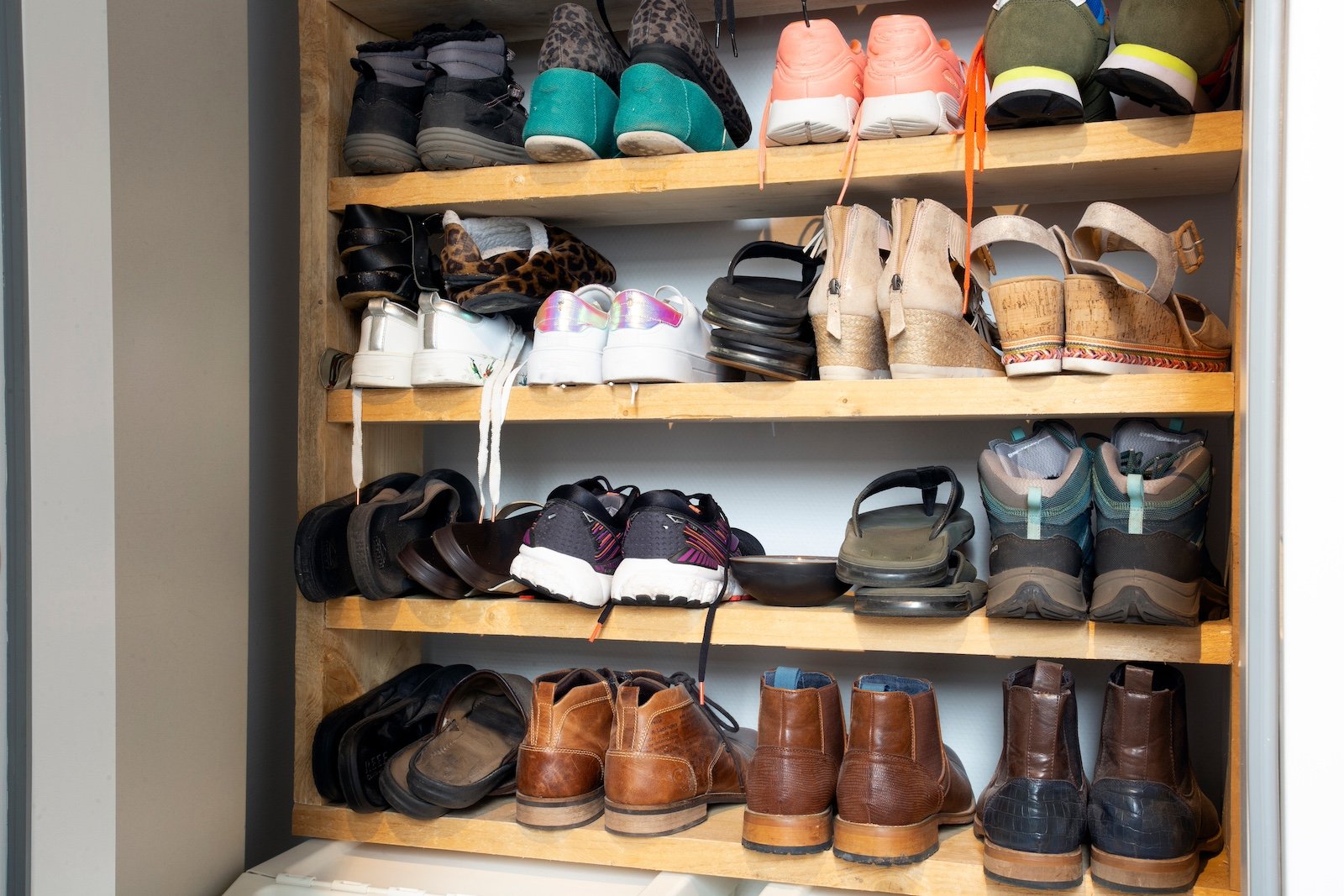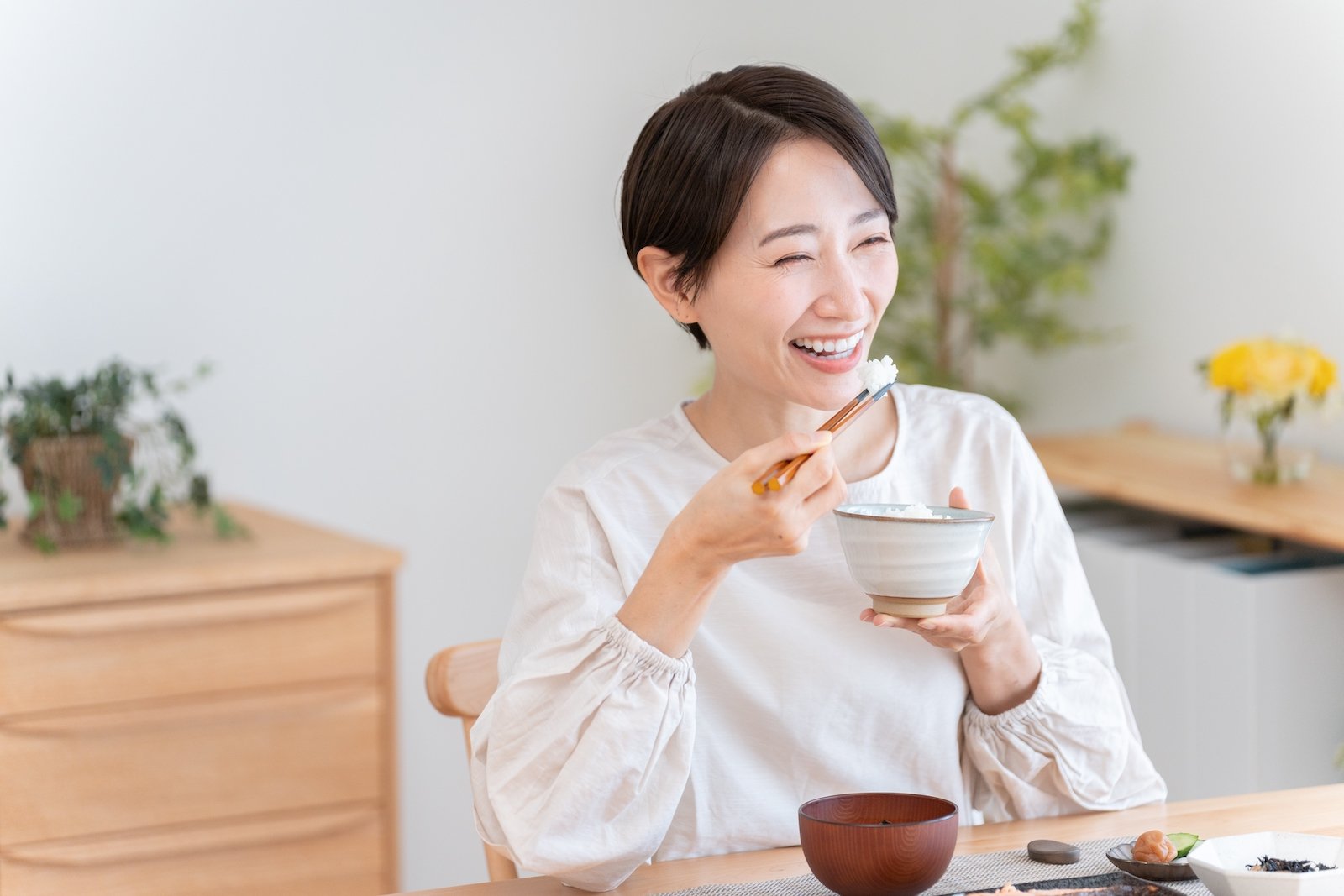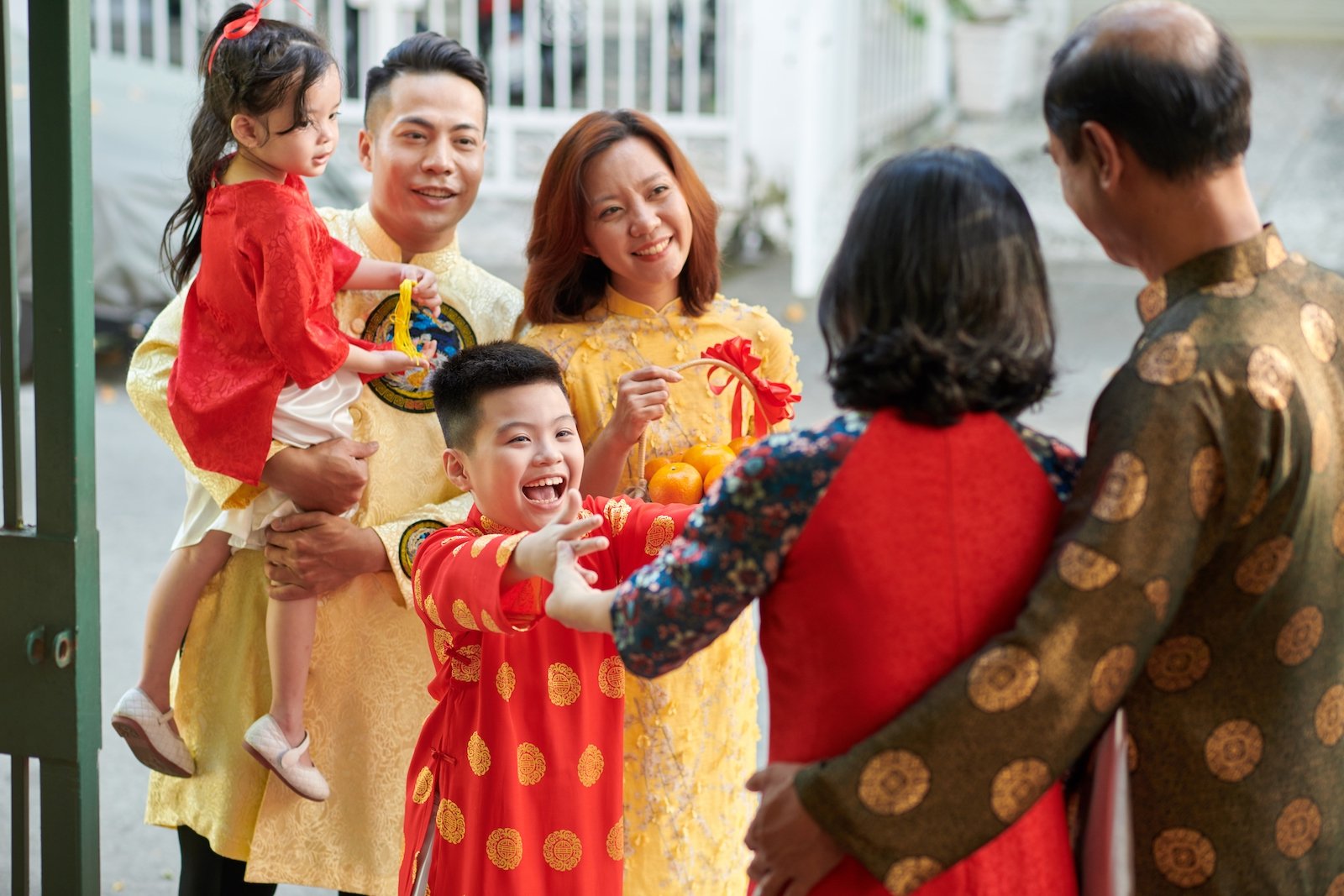As global cultures blend, certain Asian household customs, deeply rooted in tradition, can surprise Americans. Practices like family hierarchy, communal eating, and unique forms of respect reveal a cultural heritage that contrasts with Western norms. These traditions emphasize community, respect, and harmony, differing from the more individualistic and direct approaches common in American households.
We have researched various online forums to curate a list of 12 Asian household traditions that surprise Americans.
Removing Shoes at the Door

Removing shoes before entering homes is a long-standing tradition in Asian homes. This practice is rooted in a desire to keep the inside of the house clean and to avoid bringing in dirt from the outside. In countries like Japan, Korea, and China, slippers are often provided for guests to wear inside the house. This contrasts with the American practice of wearing shoes indoors, which can be surprising for those unfamiliar with the custom.
The Importance of Rice

Rice is a staple food along with a symbol of prosperity and life in many Asian households. The practice of having rice with almost every meal can surprise Americans who are more accustomed to a diet with varied carbohydrate sources. The careful preparation and reverence for rice in these cultures highlight its significance beyond just being food.
Communal Eating and Sharing Food

In many Asian households, meals are communal experiences where food is shared among everyone at the table. Dishes are placed in the center, and everyone uses chopsticks or spoons to pick food from shared plates. This vastly differs from the American style of serving individual portions and may feel unfamiliar to those used to a more individualistic dining approach.
Saving Face and Avoiding Conflict

Many Asian cultures emphasize the importance of saving face. It’s about keeping your dignity intact and steering clear of public embarrassment. This can lead to some seriously subtle techniques when it comes to disagreements. Americans, who are usually accustomed to direct communication, can find this approach puzzling and sometimes frustrating, resulting in misunderstandings, with Americans perceiving the Asian approach as evasive or non-committal. In contrast, Asians might find American directness to be blunt or insensitive.
Respect for Elders

Respect for elders is a cornerstone of many Asian cultures. Elders are often given the most respect in the household, and their opinions are highly valued. In many cases, children are taught to bow or show other forms of respect to their elders. This contrasts with the more egalitarian family structures often seen in the United States, where authority is more evenly distributed among family members.
Living with Extended Family

It is not uncommon for multiple generations to live under one roof in Asian households. Grandparents, parents, and children often share the same home, with the younger generations taking care of the older ones. About 24% of Asians in America live with their families under one roof. At the same time, for Americans, it is just 13% of the population. This practice is rooted in the value placed on family unity and filial piety, which can be surprising for Americans who are more used to nuclear family living arrangements.
The Role of Silence

Silence can have different meanings in Asian households. For example, in Japan, it can be a sign of respect and contemplation, a way to avoid conflict, or a method of showing support without needing words. This contrasts with the American tendency to value open communication and verbal expressions of emotion. The use of silence in Asian families can be shocking for those who interpret it as a sign of disengagement or disinterest.
Use of Formal Titles

In many Asian cultures, it is customary to address elders in the family with titles of endearment, like ‘Amma’ (mother) and ‘Appa’ (father) in India and Pakistan. This practice extends to peers who are also addressed with formal titles rather than their first names. Using titles to show respect can be surprising to Americans who are used to a more casual and first-name basis of address.
Superstitions and Feng Shui

Many Asian households follow traditional superstitions and practices like Feng Shui, which is believed to influence the energy flow within a home. The furniture placement, the direction a house faces, and the colors used in home decor are often chosen with these beliefs in mind. This can be surprising to Americans, who may put little stock in these kinds of practices.
Gifting Etiquette

In Asian cultures, gift-giving is an essential tradition with its own set of rules. South-Asian countries like India, Pakistan, and Bangladesh celebrate the art of gifting during festivals like Diwali, Pujo, Eid, and so on, emphasizing how gifting helps foster bonds between families and partners. Japan and China find it customary to refuse a gift twice before accepting it to appear polite and not greedy. Additionally, gifts are often presented with both hands and wrapped meticulously. This level of formality in gift-giving can be surprising for Americans who are used to more straightforward exchanges.
Clashing Calendars

Lunar New Year is one of the most important holidays in many Asian cultures, especially China. It is celebrated with family gatherings, traditional foods, and rituals meant to bring good fortune. India takes it up a notch, with different states celebrating the lunisolar calendar in their own unique way. The emphasis on this holiday, which is not widely recognized in the United States, can be surprising for Americans who may not be familiar with its significance and the extensive preparations that go into its celebration.
Parental Involvement in Career and Life Choices

Asian parents often play a significant role in their children’s career and life choices, sometimes to a degree that might seem intrusive by American standards. This involvement stems from a deep sense of responsibility and a desire for their children’s success. The level of parental influence, especially in areas like education and marriage, can be surprising and sometimes overwhelming for those who are used to a more independent decision-making process.


